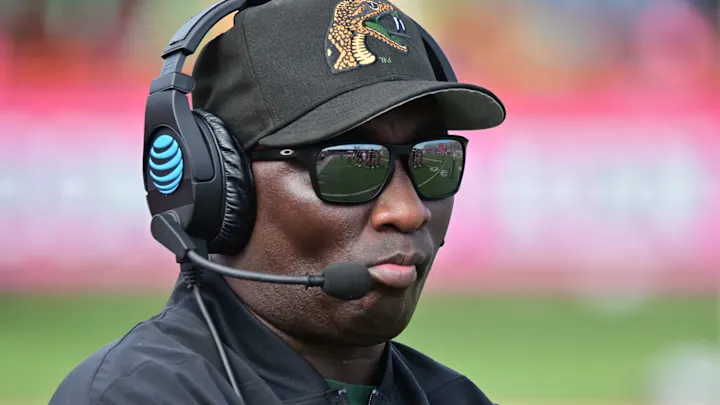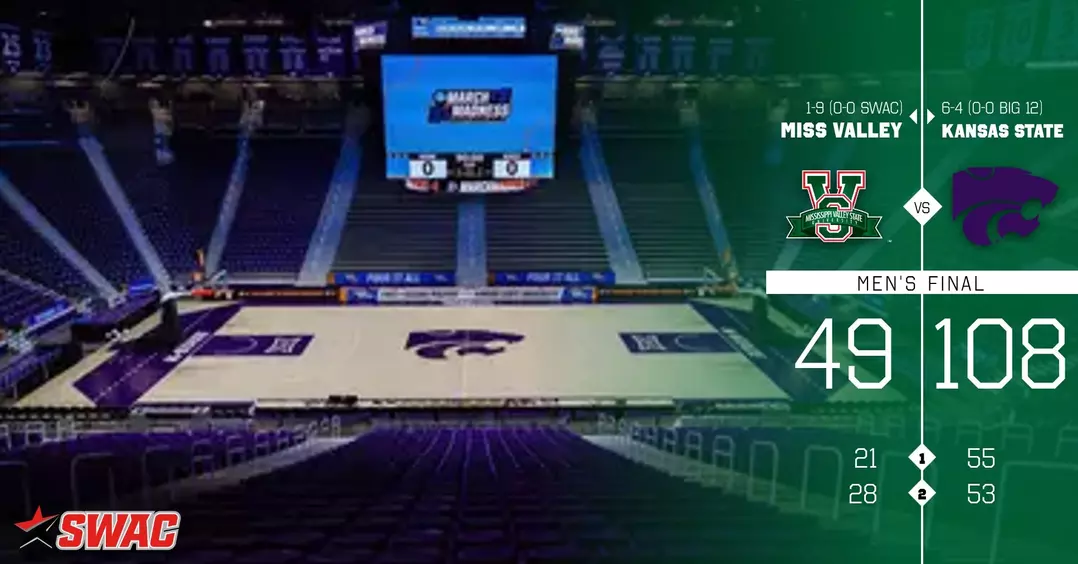February 19, 2022 was truly a monumental day for HBCU sports. Cleveland, which is in the midst of hosting NBA All-Star weekend also was the setting for the inaugural HBCU Classic, which featured a matchup between MEAC schools Howard and Morgan State aired on NBA TV. It was tightly contested affiar that Howard pulled out 68-66.

Later that afternoon the NFL Network broadcasted the first-ever HBCU Legacy Bowl, which ”is a postseason all-star game showcasing the best NFL draft-eligible football players from Historically Black Colleges and Universities.” Team Gaither, named after FAMU coaching icon Jake Gaither defeted Team Robinson, named after legendary Grambling coach Eddie Robsinson 22-6.
Even just a few years ago a day like this would seem like a pipe dream but now HBCUs are garnering attention at an unprecedented level. Riding this wave is exhilarating but there needs to be a considerable amount of future-minded thinking in order not to just make this a cool time in HBCU history but rather the laying of the foundation on which the continual ascension of HBCUs must be built.
All the newfound attention that is being bestowed upon HBCU’s means nothing if it is not monetized. To noy take advantage of this current position would be fool-hardy; it would be akin to a person or organization having hundreds of thousands of followers on social media and doing nothing with it. One use of the increased eyes on HBCU sports could translate into better television deals, which will only be a boon to a given conference but the member institutions as well.
A higher recognized status will also lead to these schools being able to attract and retain a higher calibre of athlete. Jackson State’s signing of Travis Hunter and Kevin Coleman should be the pylons on which the bridge will be built that will bring scores of elite talent to HBCUs for years to come. That has somewhat started to happen, examples being some of the recruits that new Grambling State coach Hue Jackson was able to attract and the host of three and four star athletes that signed with Coach Conell Maynor at Alabama A&M, and several other schools in the SWAC were able to recruit at an elevated level. Coach Deion Sanders has done an outstanding job of not only promoting Jacksson State to a national audience and while other coaches may not possess the panache of Coach Prime, they must do the same for their institutions in their way.
HBCU’s will have to continue to embrace technology in order to maintain and build on their relevancy but also to help consuming their athletics for fans and alumni who may not reside within traveling distance. At this juncture , for some institutions, launching a platform such as their own network may not be financially feasible , however that should not be an impediment to leveraging available technology and platforms to showcase their respective athletic brands to the world, and even more importantly, potential recruits. While there are HBCU sports on ESPN, often they are relegated on ESPN 12 or hidden behind the paywall that is ESPN +. Playing on the Entertainment and Sports Programming Network is great and can boast a certain level of prestige, but the focus should be on developing the infrastructure for disseminating sporting events at a high level at the individual schools as well as at the conference level. Though I despise the muzzle they put on, and their overall treatment of content creators, YouTube, the second most visited website on the planet, should be an avenue that HBCUs should incorporate as at least part of their brand enrichment strategies. One school that seems to have gotten the memo on this Mississippi Valley State, whose streaming on youtube, while not perfect, allowed me, to watch many of their basketball games this season, something I roundly enjoyed.
Even if all the things are in place- being able to attract high caliber athletes, having beautiful facilities and lucrative, high quality distribution platforms, ti matters not, and it certainly will not be sustainable without the fans, students and alumni support. Some of the recruits that HBCUs want to attract are already playing i front of sizable crowds so the days of 900 people attending football games and crowds of 150 at basketball games have to come to an end. There have to be posteriors in the seats for games other than Classics and Homecoming. The fans support must be the foundation upon which the edifices of success will be built.
Should these things fall into place, HBCU’s can be on the path to what they should be- institutions of black empowerment ( not Ukranian , Hampton University).




